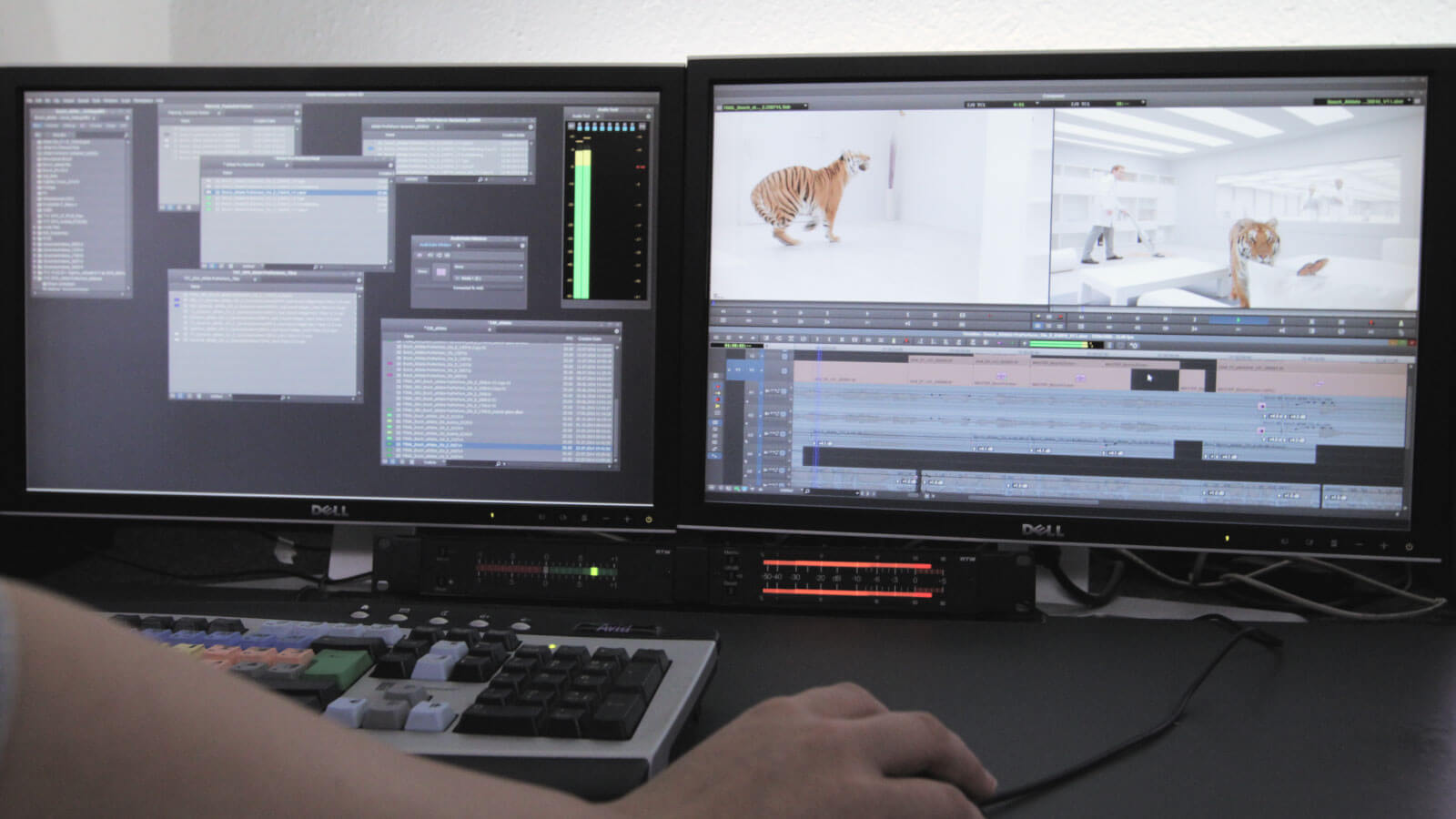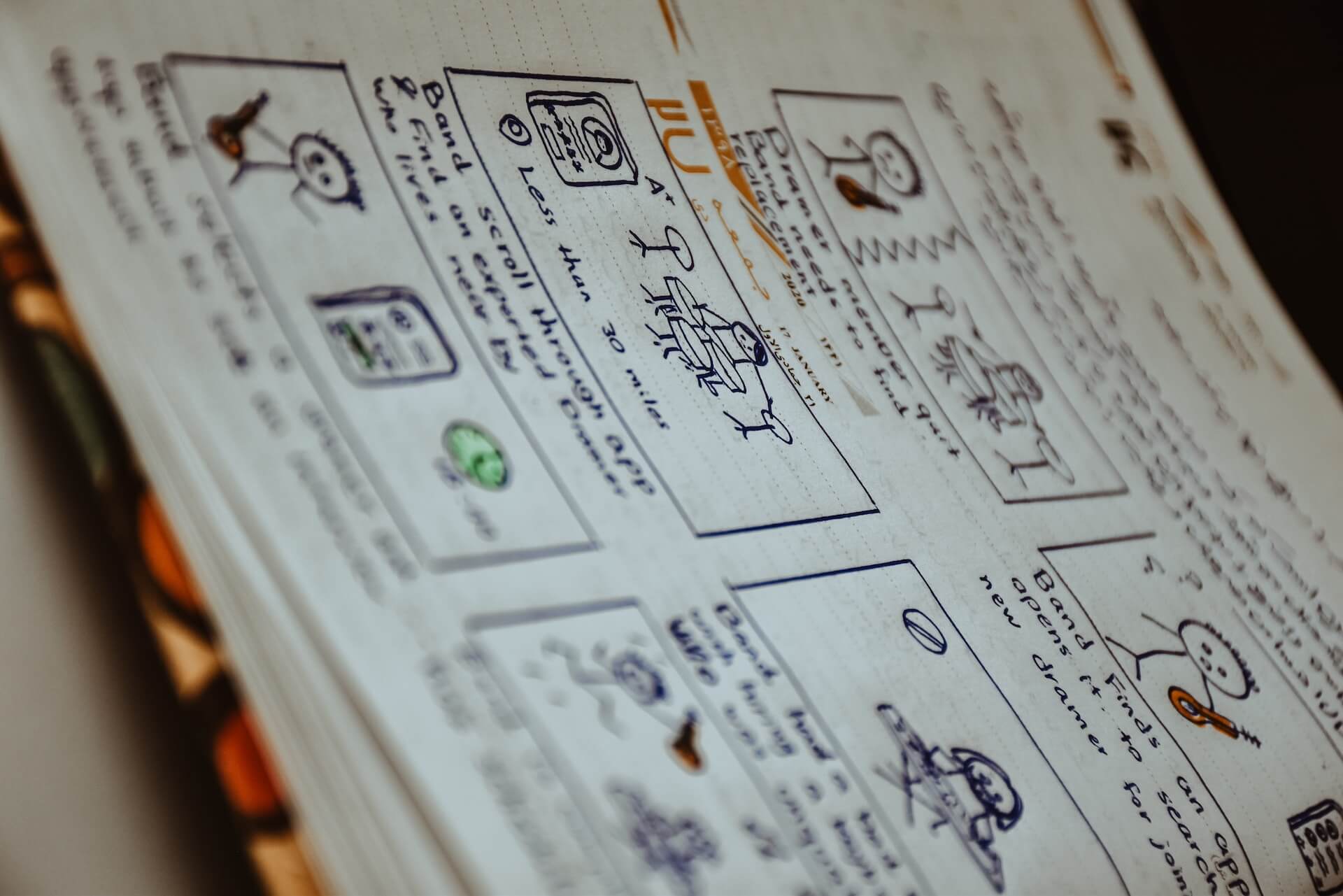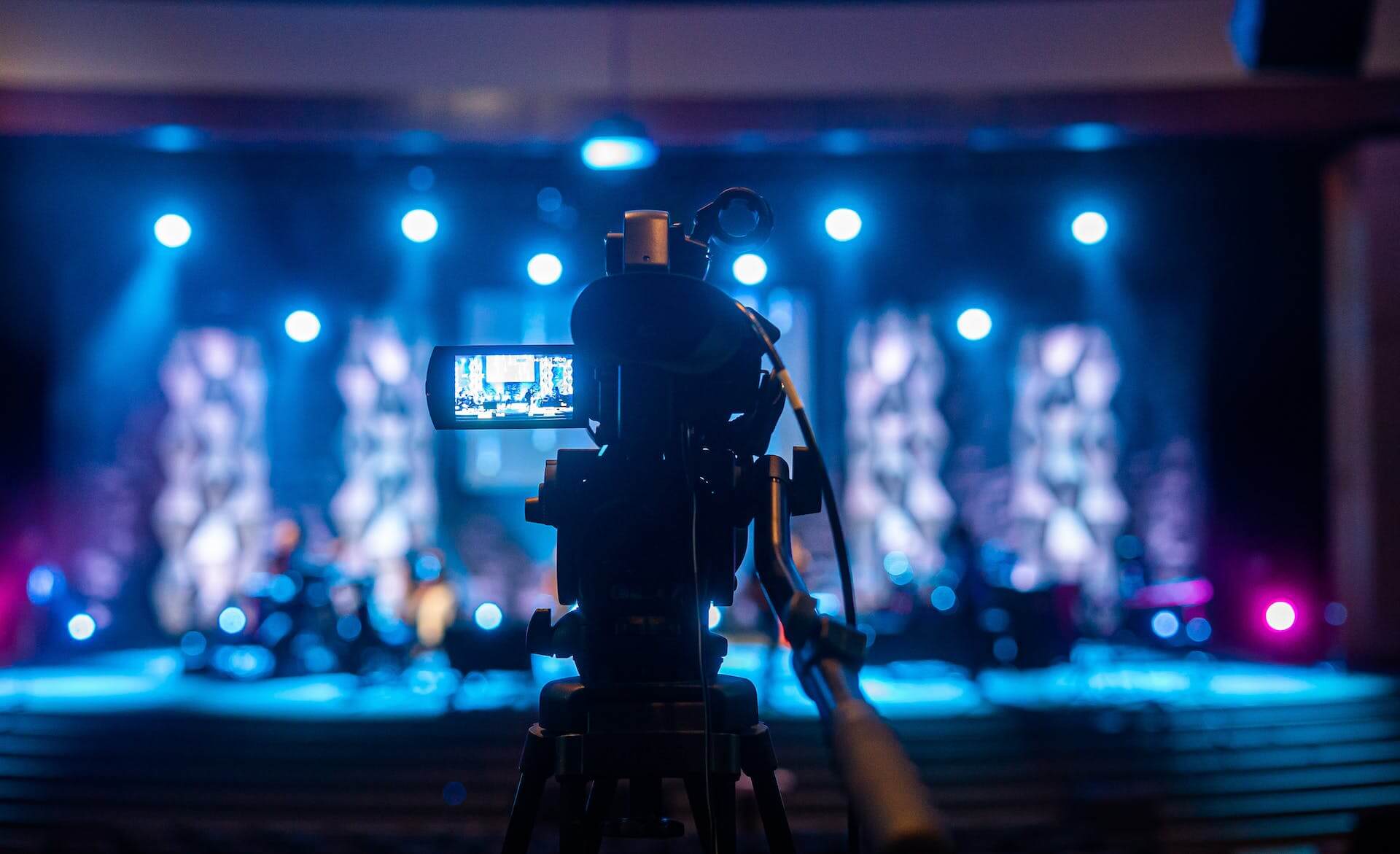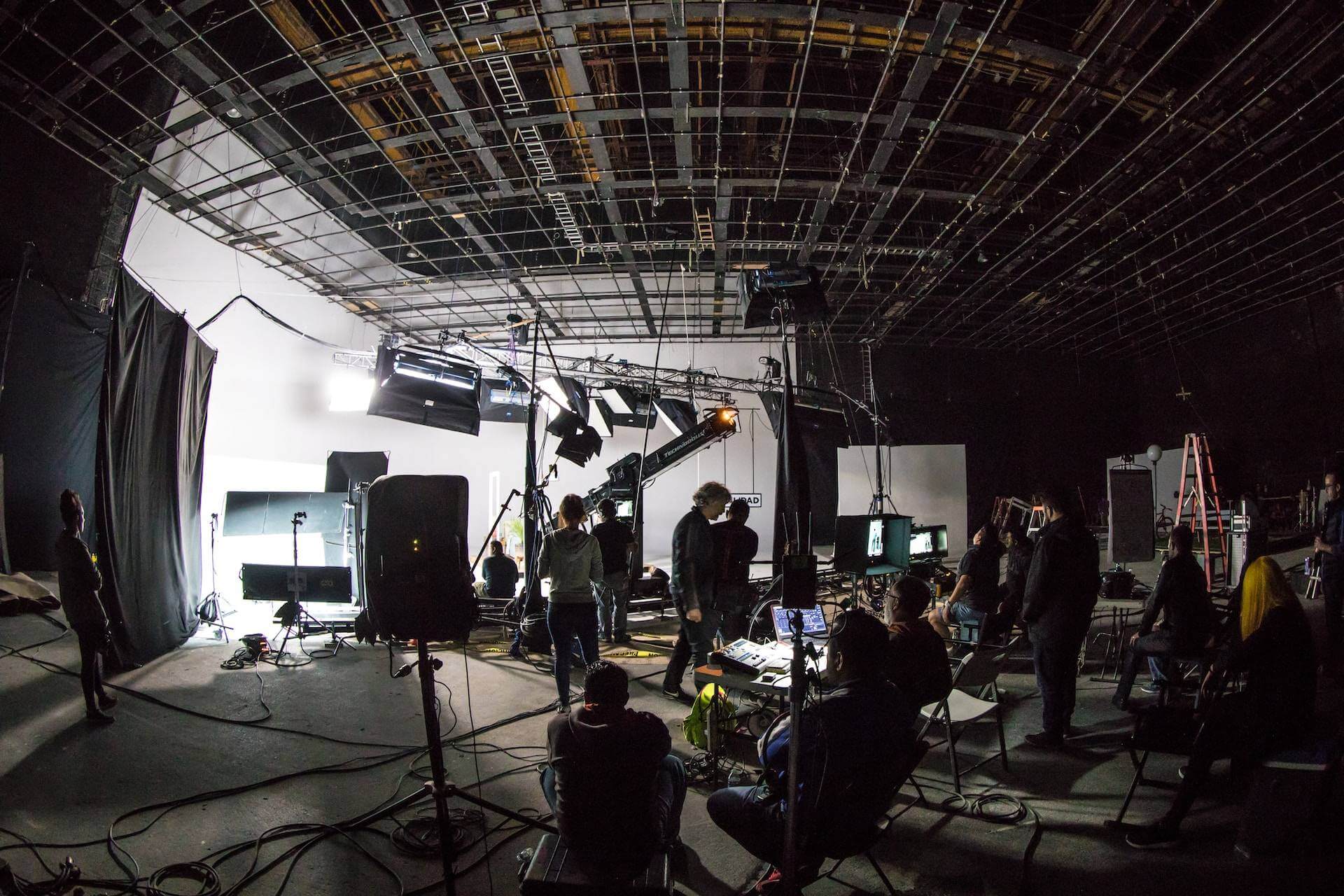Post-production is the third and last phase of the video creation process. At this point, you’ve finished all pre-production arrangements and have likely recently wrapped up a mind-blowing day of production, taping astonishing content to assemble for your epic brand video. The most ideal approach to sum up the post-production stage is actually that – the assembling stage. All the content has been imagined and caught, and now it’s an ideal opportunity to sort it out. There’s a significant number of essential components to post production that need to work so as to make your video truly work.
THE ROUGH CUT
Before anything else, alter together your visuals to make the rough cut of your video. This is the place you scour through the majority of your recording, sort it, and begin choosing which shots you need to use to assemble the video. You’ll need to look into editing software like AVID, Adobe Premiere, Final Cut Pro, and more to see which is ideal for you. Utilizing editing software, you’ll select your recording, cut it up, and graft it together.
Doubtlessly, you’ll have an agency like Moving agency do this editing for you, or contract your own independent or in-house video editor. When you have a rough variant of your video set up together, you have what’s called an assembly edit. You don’t have to include any music or enhancements at this time, however you can edit to a temp track if your video has no discourse or voice over. We’ll cover the majority of that in a minute. On the off chance that you employ an agency like us to do your post- production, we’ll for the most part share the rough cut confidentially and get a series of inner notes from the group to share criticism and endeavour to make the most attractive rough cut conceivable. From that point forward, it’s an ideal opportunity to share it to you! In case you’re editing your video all alone, the best activity is screening an early cut with your inner group before deciding your rough cut is finished.
THE PICTURE LOCK
When you have a rough cut of your video, the following stage will be to accomplish a picture lock. Picture lock is the phase in the post-production process where the majority of the shots have been locked into the best possible order, basically “locked in place” In a customary film production, this implies it’s prepared for the sound and enhanced visualizations editing teams. Be that as it may, in case you’re making your own video, you’re probably going to change things subsequent to including music and voice over, particularly while synchronizing the two. Before finishing a picture lock, watch your video with the music and voiceover you need over it to ensure it edits together well.
In case you’re fusing special visualizations into your video, give a lower quality rough mock-up of the enhanced visualizations shots to enable you to imagine where the impacts will come in, particularly if a shot will be totally vfx. On the off chance that you don’t represent it in your picture lock, it can truly divert from your video’s flow in the wake of including music and audio effects.
THE SOUND MIX
Now, you can start the sound mix, where you edit together unique sound tracks for your video. This is likewise done through video editing or sound mixing software. The distinctive sound components your video may have include: dialogue, where featured on-screen characters or interviewees talk on camera; sound effects, similar to a doorbell or puppy yapping included after the recording is done; music, in the background of what’s going on screen; and voiceover, where somebody off camera talks over the pictures of your post-production video.
For some sound components, similar to voiceovers or sound effects, you’ll have to record independently. That is on the grounds that you require a soundproof place to get spotless sound. Now and then, you may even need to re-record sound like dialogue that you caught on your production day, because of vehicles blaring, dogs yapping, or other undesirable sounds in the background.
Sound quality = video quality, and nothing worsens a video than terrible sound. On the off chance that you don’t realize what you’re doing, ensure you work with somebody who does! Else, your post-production video views will be drastically diminished, and we aren’t being sensational when we say significantly! When working with music, ensure you’re working with music that has been cleared to be utilized by you, or you’ll keep running into copyright issues once it’s on the web.
VISUAL EFFECTS
Now it’s an ideal opportunity to include your visual effect in your post-production. At this point, you should’ve just mapped out where you need your special visualizations to go in the pre-production stage, which you can read increasingly about here. Whenever done accurately, you storyboarded these shots, and made arrangements for where the effects will go amid your production day. If not, it’s as yet conceivable to include effects sometime later, however it can regularly be precarious and restricting when included late.
The most well-known visual effect you may use in your video is animation. In case you’re sure about your capacity, or are working with somebody equipped for cutting edge effects, you can likewise utilize CGI modelling, where you make one of a kind 3D rendered objects or models or objects or characters utilizing exceptional special visual effects software to add to your officially taped shots. Sometimes, all the special visual effects you require sum to something extremely straightforward, such as including a filter, or a fade in or fade out to your post-production video. These effects are normally accessible inside whatever video editing software you use. Different occasions, all you have to include is some content, which is the thing that the lower third is for.
CONCLUSION
At last, when all your special effects and lower third titles have been executed, it’s the ideal opportunity for colour correction. Colour correction is the way toward modifying the colour of the light in each shot with computerized filters so each shot matches each other. These adjustments incorporate settling exposure issues, where an excess of light is in one shot and too minimal light is in another; or white balance issues, where the colour of the light simply doesn’t coordinate.
You need your post-production video to stream together pleasantly. Similarly, you need your sound dimensions to be equivalent, you need the visuals to all look as comparable as could be expected under the circumstances, so no individual shot stands out as shaking or of lower quality than another. At the point when done effectively, nobody will even know any editing has been done.




